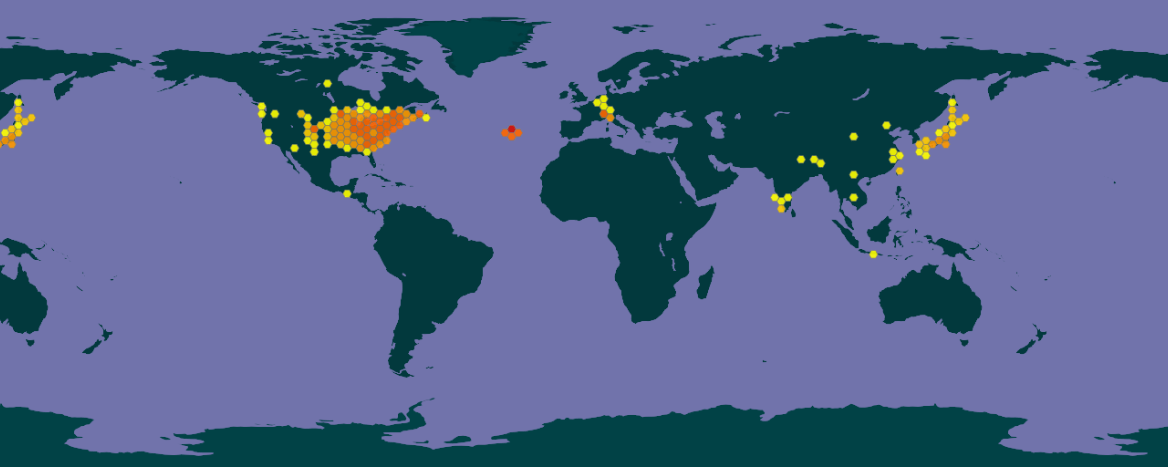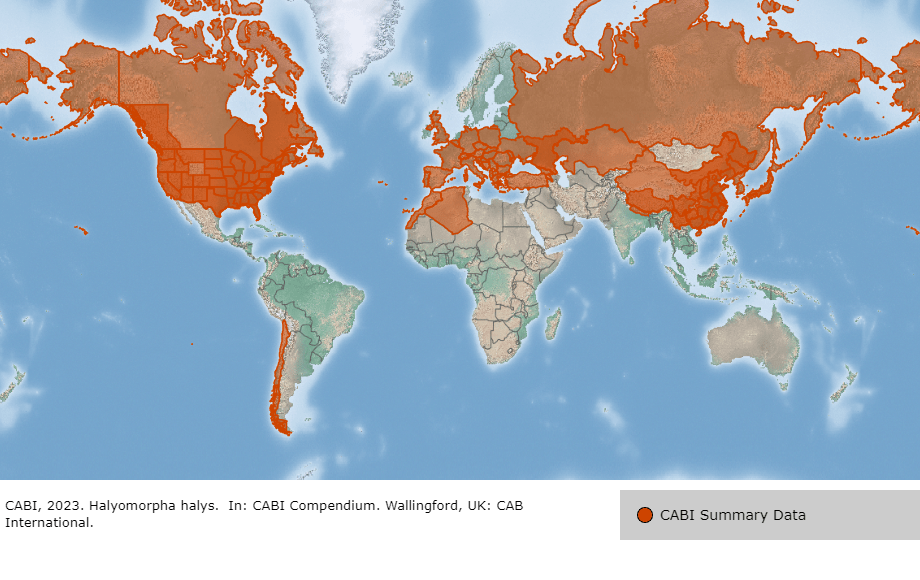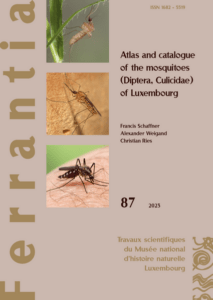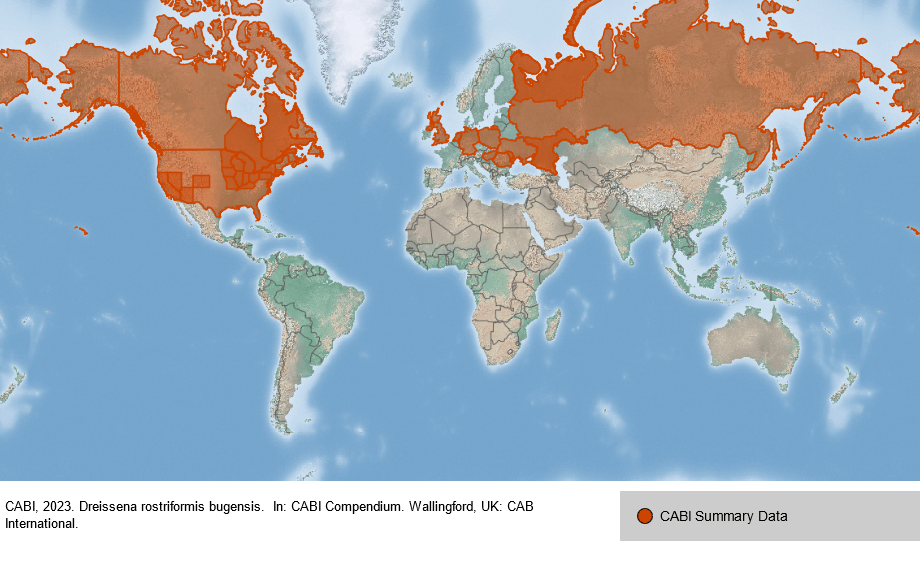 |
Japanese beetle | Status LU: not observed yet. |
 |
Status Eur.: established. | |
 |
Scarabée japonais | RA: ISEIA: n/a. Harmonia+: n/a. |
 |
Japan-Käfer | Wikipedia: |
 |
Japanse kever | Back to the list of invertebrates |
Contents
Brief description
Popillia japonica Newman, 1841 is a species of scarab beetle. Due to the presence of natural predators, the Japanese beetle is not considered a pest in its native Japan, but in North America and Europe, it is a noted pest to roughly 300 species of plants. Some of these plants include rose bushes, grapes, potatoes, tomatoes, bean, birch trees, maple trees, and others. The adult beetles damage plants by skeletonizing the foliage as well as, at times, feeding on a plant’s fruit. The subterranean larvae feed on the roots of grasses (Wikipedia contributors 2024).
Japanese beetles have been found on the islands of the Azores since the 1970s. In 2014, the first population in mainland Europe was discovered near Milan, Italy. In 2017, the pest was detected in nearby Ticino, Switzerland. In 2023, the first population north of the Alps was detected in Kloten near Zürich, Switzerland (Wikipedia contributors 2024). End of July 2024, the species was first observed in southern Germany around Freiburg im Breisgau and Ludwigsburg (LTZ Augustenberg).
A project for an integrated pest management of the species in Europe has been launched with the aim to address the challenge of this new risk to plant health in Europe. The main goals of IPM Popillia are identifying the Japanese beetles’ pathways of entry and spread, understanding the drivers of Japanese beetles’ population development, providing a toolbox for control of the species and developing sustainable Japanese Beetle management in Europe.
Status and distribution in Luxembourg
Records of Popillia japonica Newman, 1841 in Luxembourg. Data source: Recorder-Lux, iNaturalist & GBIF, 2026-01-07.
Popillia japonica Newman, 1841 has not yet been detected in Luxembourg.
A booklet about the Japanese beetle was published in 2023 by the Ministry of Agriculture, Viticulture and Rural Development.
Risk assessment
ISEIA protocol
no assessed yet
Harmonia+ protocol
no assessed yet
Worldwide distribution

GBIF: https://www.gbif.org/species/4425774
Bibliography
- Ministère de l’Agriculture, de la Viticulture et du Développement rural, Administration des services techniques de l’agriculture – ASTA, 2023. Japankäfer – Popillia japonica, booklet, 12 pp.
- LTZ Augustenberg, 2024. Pressemitteilung: Einzelne Japankäfer in Freiburg und im Landkreis Ludwigsburg gefunden. URL: https://mdata.mnhn.lu [Accessed 2024-08-09]
- Wikipedia contributors, 2024. Japanese beetle, Wikipedia, The Free Encyclopedia, 30 July 2024, 14:50 UTC, <https://en.wikipedia.org/wiki/Japanese_beetle> [Accessed 2024-08-09]
Page content last updated on 2024-08-12.









 Bibliography
Bibliography